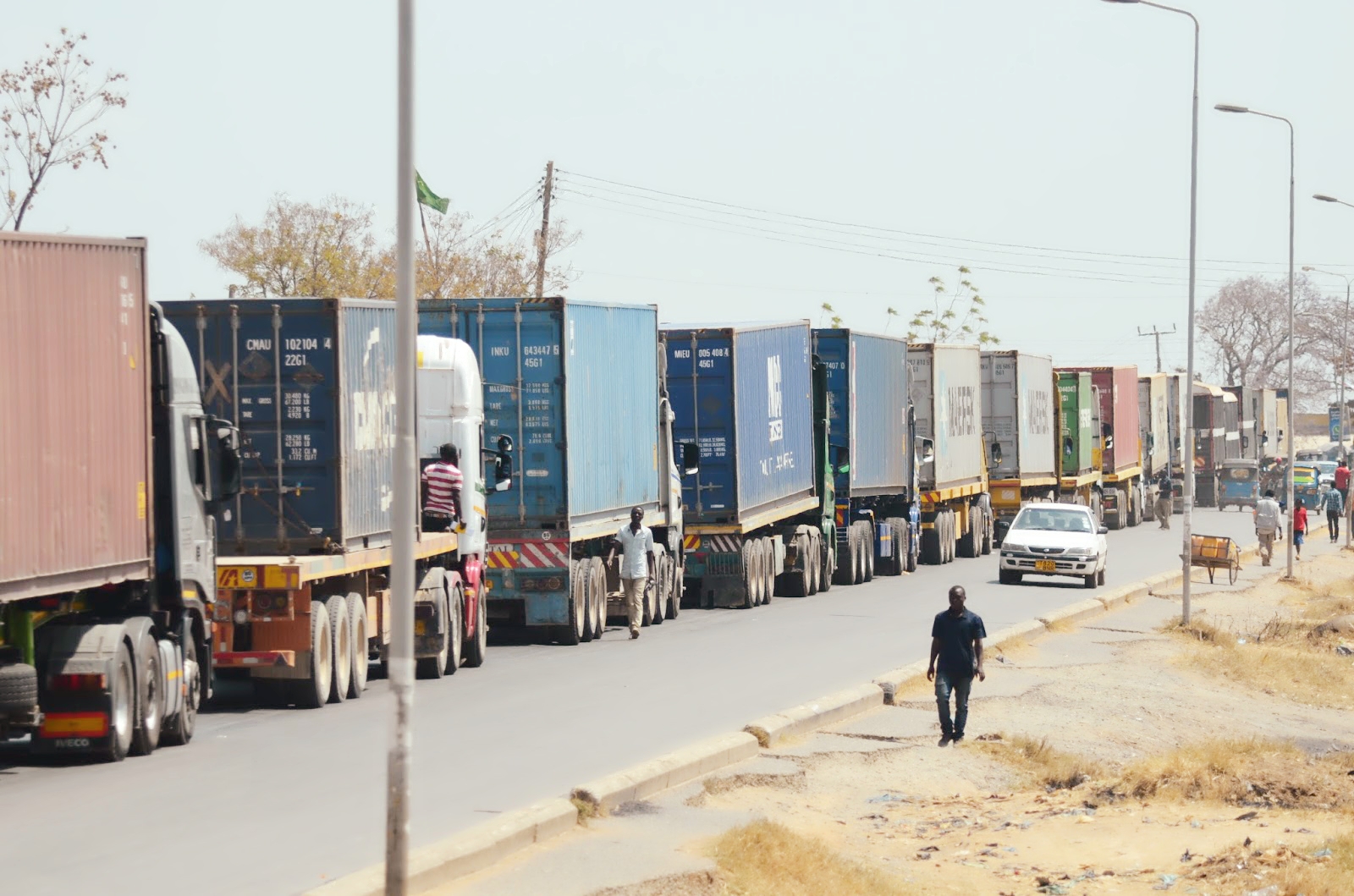Prime
The battles of Tanga and Rufiji Delta: How Tanganyika outsmarted empires in World War I

A German cruiser is shown sunk off Dar es Salaam, during World War I, 1914-1918. The cruiser ‘Konigsberg’ was sunk by the British in the Battle of Rufiji Delta on July 11, 1915.
What you need to know:
- Tanganyika wasn’t just another colony caught in a global war; it was the centre of a daring and drawn-out campaign that embarrassed empires and turned the rules of warfare upside down.
Dar es Salaam. Six key World War 1 battles were fought on African soil, according to the History Channel; two of those were fought in Tanganyika (now Tanzania) between British and German forces.
Imagine a battlefield not with trenches and tanks, but buzzing with bees, dense forests, and stealthy guerrilla fighters.
That was Tanganyika during World War I, where one of history’s boldest underdog stories unfolded, right here in East Africa.
In the fighting in Africa between 1914 and 1918, the British and their allies sought to seize the vast colonial empire that the Germans had created in Africa, which included Tanganyika.
While much of the world remembers World War I for its muddy trenches in Europe, an equally fierce and far more unconventional fight was taking place in what is now mainland Tanzania — then known as German East Africa.
Tanganyika wasn’t just another colony caught in a global war; it was the centre of a daring and drawn-out campaign that embarrassed empires and turned the rules of warfare upside down.
At the heart of the East African campaign was Colonel Paul von Lettow-Vorbeck, a German commander who pulled off what seemed impossible: for nearly four years, he kept British forces —far larger and better equipped — on the run, using guerrilla tactics and sheer grit.
Battle of Tanga: When bees and bullets beat back the British
According to the History Channel, the first major clash came in November 1914 in the coastal town of Tanga.
The British, under Major General Arthur Aitken, launched an amphibious assault, hoping to capture the port and establish a base.
But poor planning, lack of intelligence, and underestimation of the German defenders set them up for a historic failure.
Lettow-Vorbeck, already tipped off about the attack, quickly reinforced Tanga with a small but deadly force, including Askari troops—African soldiers trained by Germans.
On November 4, when British Indian troops stormed the port, they were met with a storm of gunfire — and a bizarre twist: angry bees disturbed by the chaos swarmed the battlefield, stinging soldiers from both sides and halting the fighting in confusion.
The British crumbled. They retreated in chaos, leaving behind gear, weapons, and their wounded.
The loss was so humiliating that it cost Aitken his job and gave Lettow-Vorbeck the confidence to keep resisting — and winning.
Battle of the Rufiji Delta: Jungle versus gunships
If Tanga was about land warfare, the Rufiji Delta battle in July 1915 showed Tanganyika’s significance at sea.
The British were determined to sink the SMS Königsberg, a German warship hiding in the river delta after harassing allied shipping.
Enter the HMS Severn and Mersey, two shallow-draft gunboats equipped for tight, riverine combat.
With help from spotter planes, the British launched a fierce attack, navigating past German artillery.
The first assault damaged the Mersey, but five days later, they tried again — and this time, they succeeded.
But Lettow-Vorbeck wasn’t done. He salvaged the Königsberg’s powerful naval guns and repurposed them for land warfare, turning a naval defeat into a tactical advantage. It was classic Lettow-Vorbeck: adapt, improvise, survive.
A campaign that wouldn’t quit
The East African campaign became one of the longest-running fronts of the First World War.
Lettow-Vorbeck, with fewer troops and almost no reinforcements, continued to outwit the British across Tanganyika’s unforgiving terrain — from swamps to forests, rivers to remote outposts.
Though it’s often overlooked in history books, this campaign tied down tens of thousands of British and colonial soldiers, drained imperial resources, and demonstrated the power of local knowledge and unconventional tactics.
Yet, the toll was high. Thousands of African porters and Askari soldiers — many of them forcibly conscripted — suffered from disease, famine, and brutal conditions brought on by scorched-earth strategies.
Why it still matters
Tanganyika’s role in World War I wasn’t just a background story; it was a game-changer.
The battles of Tanga and the Rufiji Delta proved that African soil wasn’t just a battleground for European powers — it was a place where smaller forces stood tall, where innovation and resilience beat numbers and firepower.
And for today’s generation, it’s a reminder that history isn’t just made in capitals or trenches — sometimes, it’s written in the buzzing chaos of a beehive in Tanga or the muddy waters of the Rufiji.
Tanganyika’s First World War story is bold, wild, and inspiring. It’s time we told it like it is — and remembered the underdogs who changed the course of war from the heart of East Africa.




